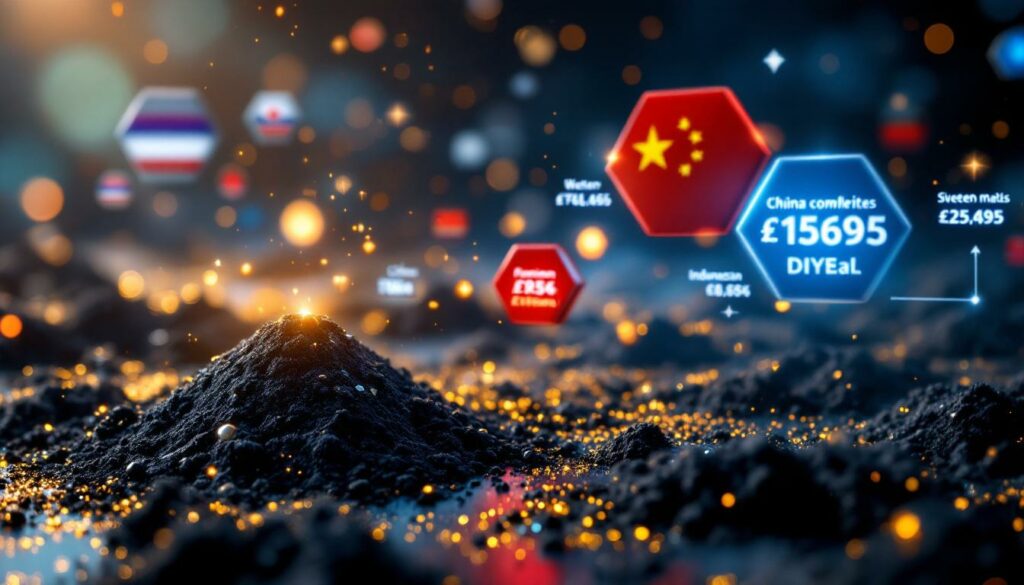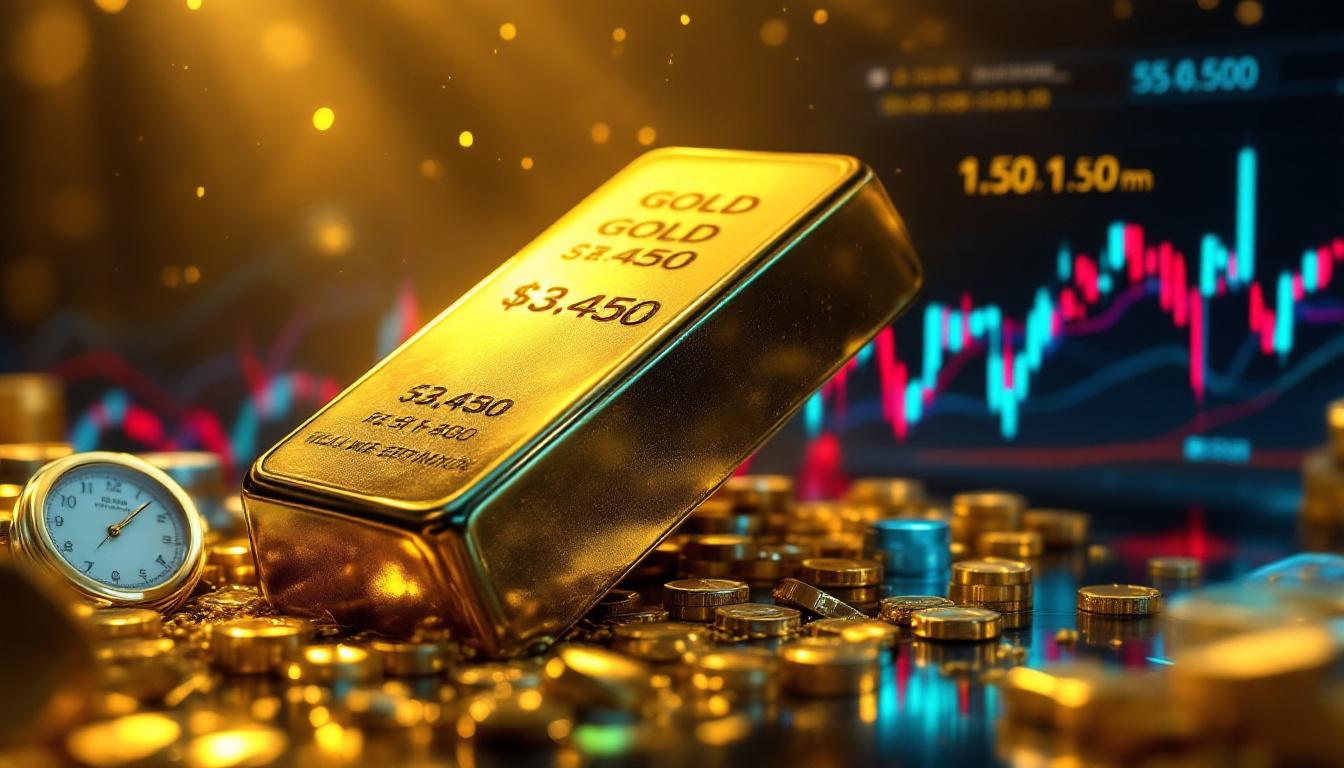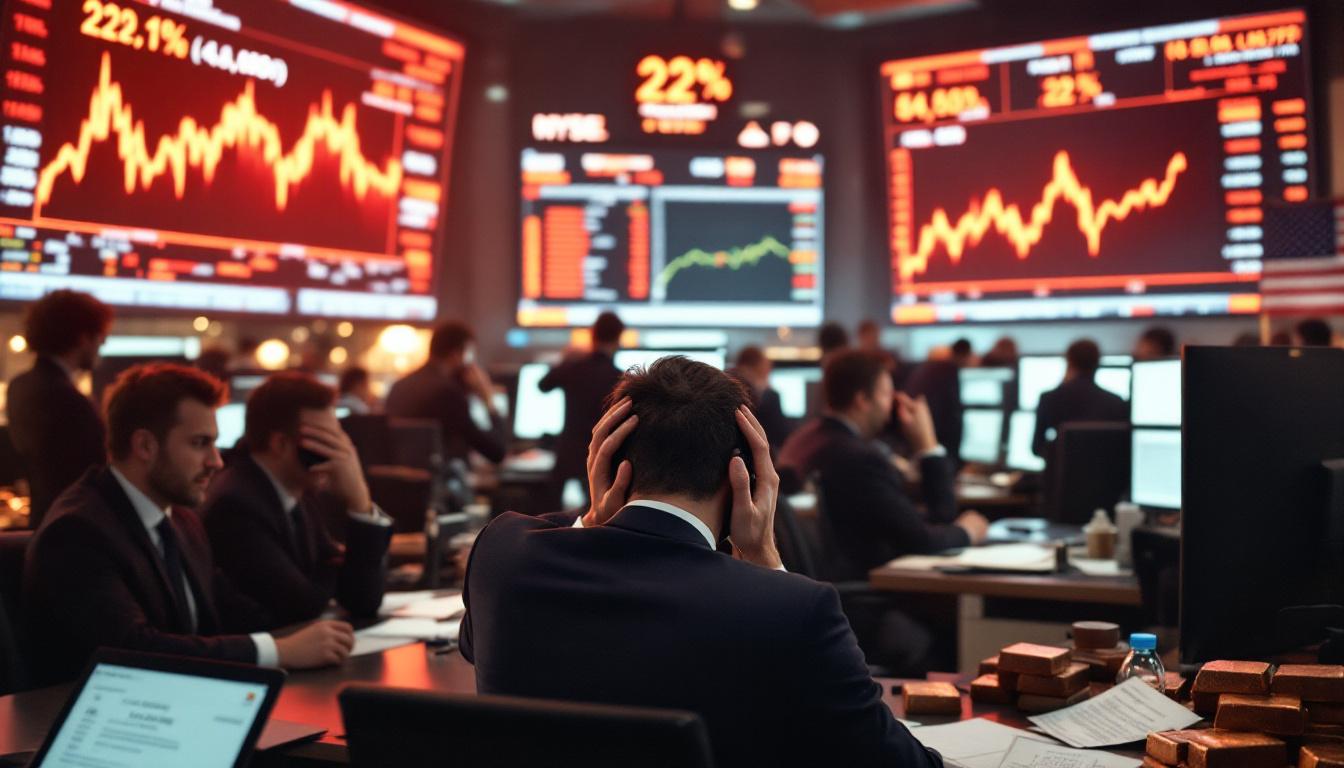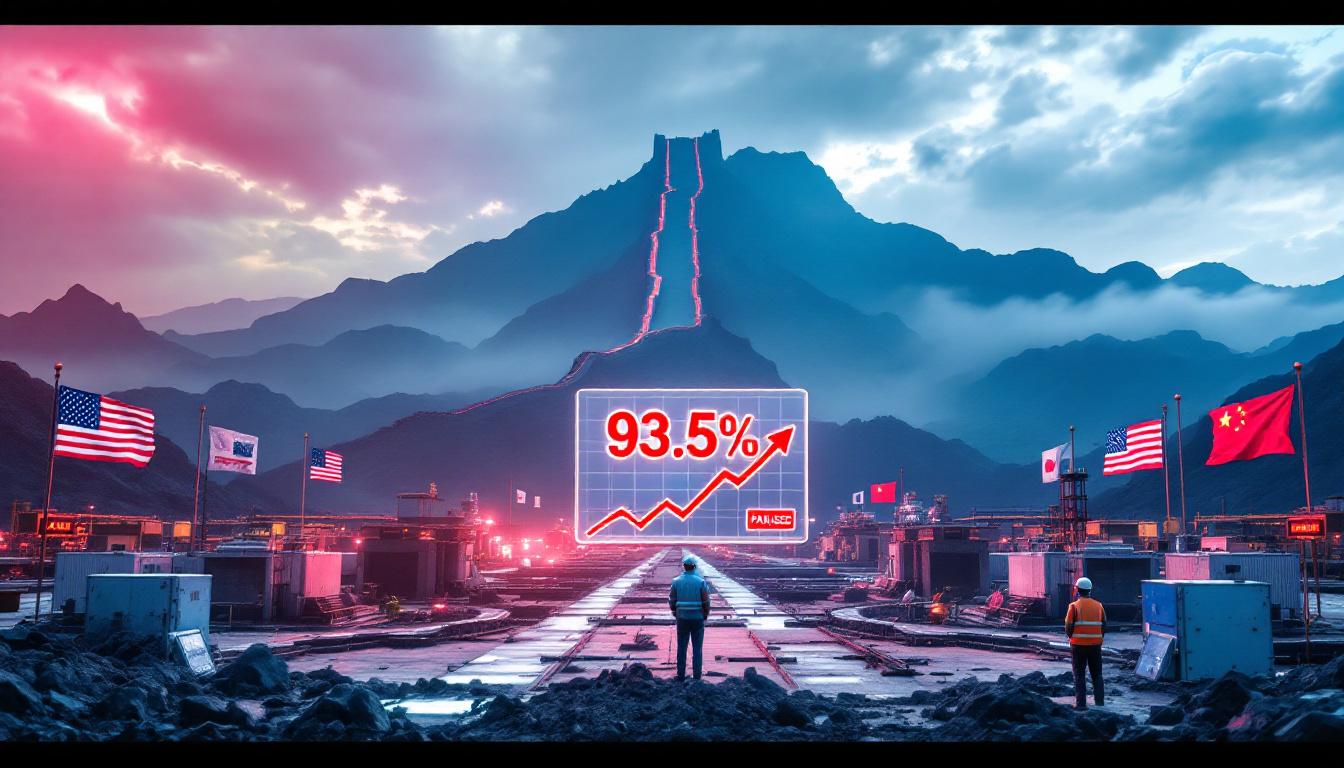Understanding China's Black Mass Import Regulations: Global Impact Analysis
As China prepares to implement significant changes to its black mass import regulations on August 1, 2025, the global battery recycling industry is poised for a major transformation. These new rules will create ripple effects throughout international supply chains, affecting everything from pricing structures to processing hubs and trade flows.
What Are China's New Black Mass Import Regulations?
China's regulatory shift represents a dramatic change from previous policies that prohibited black mass imports. Starting August 1, 2025, Chinese businesses will be permitted to import this valuable battery recycling material under stringent content specifications.
The regulations establish two distinct material categories with specific requirements:
Category 1 (NCM/LCO Materials):
- Minimum 25% combined nickel-cobalt content
- Minimum 3.5% lithium content
- Maximum 0.4% water-soluble fluoride content
Category 2 (LFP Materials):
- Minimum 18% iron content
"These specifications align with China's strategic goals of securing critical battery materials while maintaining environmental standards," explains Andre Cortesao, battery materials analyst at Fastmarkets. "The focus on high metal content and low impurities reflects China's preference for premium feedstock."
The requirements go beyond typical international standards, particularly regarding fluoride content, which poses technical challenges for many suppliers. This approach reflects China's dual focus on environmental protection and resource quality.
The Global Battery Recycling Market Transformation
China's position as the dominant player in global battery recycling cannot be overstated. With approximately 83% of global black mass processing capacity, Chinese policy changes inevitably reshape international markets.
"Currently, Chinese recycling facilities operate significantly below capacity—many at less than 50% utilization—due to domestic supply limitations," notes Tianran Zhao, senior analyst at Fastmarkets. "This creates a powerful incentive for China to open controlled import channels."
The supply-demand imbalance in China has created a unique situation where the world's largest consumer of recycled battery materials struggles with feedstock shortages while maintaining the highest payment rates globally. This paradox helps explain the timing of the regulatory change.
Chinese companies have invested heavily in advanced recycling technology, creating sophisticated facilities that can extract maximum value from battery materials. However, these facilities require consistent, high-quality feedstock to operate efficiently—a need that domestic supply alone cannot meet.
Industry experts anticipate that legitimate import channels could help address this gap, though the volume will depend heavily on suppliers' ability to meet the stringent specifications.
Technical Challenges in Meeting China's Import Standards
The new regulations present significant technical hurdles for many international suppliers, particularly regarding fluoride content and metal percentages.
The Fluoride Content Challenge
The 0.4% water-soluble fluoride limit represents a particularly difficult threshold. According to multiple South Korean recycling sources, untreated black mass typically contains fluoride levels well above this limit—often between 1% and 1.5%.
"Fluoride compounds are prevalent in battery components, particularly in the electrolyte (LiPF6) and separator materials (PVDF)," explains a technical director at a major European recycling facility. "Reducing these levels requires specific heat treatment processes that many producers don't routinely perform."
This heat treatment process presents both technical and economic challenges:
- Additional energy consumption increases carbon footprint
- Processing costs add $0.20-$0.50 per kilogram to production expenses
- Equipment modifications may be required for consistent results
- Quality verification requires specialized testing capabilities
High Metal Content Requirements
The combined 25% nickel and cobalt requirement for NCM/LCO black mass exceeds typical market specifications by approximately 5 percentage points. Standard black mass transactions generally specify 20% combined content.
This higher threshold effectively limits compliance to:
- Production scrap from battery manufacturing
- Carefully sorted and processed end-of-life batteries from high-nickel formulations
- Materials that undergo additional concentration processing
"Even with advanced sorting technologies, achieving these metal percentages consistently from mixed end-of-life batteries presents significant challenges," notes a South Korean trading source. "This effectively segments the market between premium producers and standard operators."
Southeast Asia's Emerging Role as Processing Hub
The stringent Chinese import requirements are likely to elevate Southeast Asian countries—particularly Indonesia, Malaysia, and Thailand—into crucial processing hubs within the global battery recycling ecosystem.
"China is expected to leverage Southeast Asia's geographic proximity and less restrictive regulatory environment to create a processing hub for upgrading materials to meet import standards," explains Cortesao. "This creates both opportunities and challenges for regional players."
Recent strategic investments reflect this emerging trend:
- Indonesia: Chinese recycling giant GEM has established significant recycling capacity, positioning itself as a key intermediary
- Thailand: Several processors are expanding hydrometallurgical capabilities specifically for black mass upgrading
- Malaysia: Despite recent regulatory crackdowns on e-waste imports, specialized battery recycling facilities continue to develop
The economic viability of this intermediate processing model depends on several factors:
- Processing costs (estimated $0.20-$0.50/kg) must remain below the premium paid by Chinese consumers
- Regulatory stability in host countries must be maintained
- Logistical efficiencies between source markets, processing hubs, and Chinese consumers
"This regional specialization creates a new value chain segment focused specifically on upgrading materials to meet Chinese standards," notes a Southeast Asian trading source. "Companies that can efficiently process materials while maintaining compliance documentation will capture significant value."
Price Impact Analysis: A Two-Tier Market Emerges
China's import regulations are accelerating the development of a stratified pricing structure in global black mass markets, with significant premiums for materials that meet Chinese specifications.
Premium Market Development
High-grade black powder (particularly production scrap with nickel content exceeding 30% and lithium content of 6-7%) already commands significant premiums. Recent deals show payables reaching 90-92% CIF Southeast Asia for nickel and cobalt content, with additional value recognition for lithium.
This contrasts sharply with standard black mass transactions, where payables typically range from 75-80% without lithium valuation.
"The gap between premium and standard material is widening, with Chinese consumers willing to pay substantially more for guaranteed high-quality feedstock," explains a Chinese buying source. "This creates powerful incentives for upgrading capabilities."
Regional Price Differentials
The price disparity between Chinese domestic markets and international alternatives is substantial:
| Material Type | Chinese Local Price | International Price | Premium |
|---|---|---|---|
| NCM Black Mass (20% Ni, 5% Co, 4% Li) | ¥34,200 ($4,767)/t | $3,630/t CIF S.Korea | $1,135/t |
This substantial premium ($1,135 per tonne) creates a compelling economic case for suppliers to pursue Chinese market access, even with additional processing costs.
"To compete effectively for Chinese business, international suppliers need to achieve payables of at least 85-88% for nickel and cobalt, including some lithium value recognition," notes a Southeast Asian trading source with extensive Chinese market experience.
Implementation Challenges and Market Development
The transition to the new regulatory framework faces several practical challenges that could affect market development timelines and effectiveness.
Customs and Verification Procedures
Questions remain about how Chinese customs authorities will verify material specifications, particularly regarding fluoride content. Laboratory testing is required for accurate determination, which could create bottlenecks in the import process.
"Chinese customs teams are highly experienced with battery metals investment imports, but the volume of testing required for black mass verification could slow clearance procedures," explains a South Korean recycling source with experience in Chinese exports.
The verification procedures are likely to include:
- Visual inspection of material consistency
- Sample collection for laboratory analysis
- Documentation review of processing certificates
- Potential origin verification for compliance with trade agreements
Regulatory Evolution Expectations
Industry participants anticipate that regulations may evolve after initial implementation as authorities gain experience with the import framework. This could include:
- Adjustments to technical specifications based on market feedback
- Streamlining of verification procedures to reduce bottlenecks
- Potential expansion of permitted material categories
- Additional environmental safeguards for processing facilities
"China has historically used an iterative approach to refining import regulations for valuable resources," notes Cortesao. "Initial frameworks often undergo modification as authorities observe market responses and processing outcomes."
Inventory Management Implications
A significant challenge for the market involves existing stockpiles of black mass, particularly in Southeast Asia, where traders have accumulated substantial inventories in anticipation of China's market opening.
"Much of this material may not meet Chinese import standards without additional processing," warns a Southeast Asian trader. "This could create downward pressure on payables for standard black mass in regional markets as holders liquidate non-compliant material."
Global Trade Pattern Shifts
The new regulations will reshape international trade flows for battery recycling materials, creating both opportunities and challenges depending on geopolitical positioning.
Tariff Considerations and Geopolitics
The complex tariff relationship between China and other countries adds another layer of complexity to the emerging trade patterns:
- US-China Relations: Despite recent negotiations reducing retaliatory tariffs to 10%, US‑China trade impact continues to influence routing decisions
- Southeast Asian Intermediaries: Processing material in countries with favorable trade relationships with China may provide tariff advantages
- European Export Complexities: EU producers face additional considerations related to waste classification and export restrictions
"The interaction between China's import regulations and existing trade agreements creates strategic routing considerations for international suppliers," explains Lee Allen, Fastmarkets principal analyst. "Material origin can significantly impact the economics of Chinese market access."
European Regulatory Timeline Impact
European suppliers face an additional regulatory challenge unrelated to Chinese policies:
- Currently, some European producers can export to China if certified as making a "product" rather than hazardous waste
- This classification loophole closes in Q4 2026 when all EU black mass becomes classified as hazardous waste
- After this change, exports will be limited to OECD member nations like South Korea
"The convergence of Chinese import regulations and European export restrictions creates a limited window of opportunity for EU suppliers to establish Chinese market access," notes Kirstyn Petras, battery materials specialist. "After 2026, their options narrow significantly."
Market Participant Positioning Analysis
Different market participants are positioned to experience varying impacts from China's import regulations, creating both winners and losers in the evolving landscape.
Advantaged Suppliers
Several types of suppliers are particularly well-positioned to benefit from the new regulations:
- Producers with Gigafactory Partnerships: Access to production scrap provides consistently high-grade material that meets Chinese specifications without additional processing
- Advanced Refining Operators: Companies with heat treatment and hydrometallurgical capabilities can upgrade material to meet Chinese standards
- Integrated Southeast Asian Processors: Facilities in strategic locations with upgrading capabilities can serve as intermediaries between Western suppliers and Chinese consumers
- Black Powder Specialists: Producers focused exclusively on high-grade material from production scrap face minimal regulatory barriers
"Companies that have invested in advanced processing capabilities or secured high-quality feedstock sources through strategic partnerships are positioned to capture significant value," explains Cortesao.
Challenged Suppliers
Conversely, several market segments face challenges under the new regulatory framework:
- Standard-Grade Producers Without Treatment Capabilities: Facilities processing mixed end-of-life batteries without advanced separation or upgrading technology will struggle to meet Chinese specifications
- Inventory Holders With Non-Compliant Material: Traders holding stockpiles of material that doesn't meet Chinese specifications face potential write-downs
- European Suppliers Without OECD Alternatives: EU producers without established export channels to OECD nations will face limited options after 2026
"The regulatory changes accelerate market segmentation between premium and standard producers," notes a South Korean trading source. "This could drive consolidation as smaller players without upgrading capabilities partner with more advanced processors."
FAQ: Essential Questions About China's Black Mass Import Regulations
What exactly is black mass and why is it valuable?
Black mass is a powdery mixture of metals recovered from shredded lithium-ion batteries. Its value comes from its content of critical minerals trends, particularly nickel, cobalt, lithium, and in some cases, manganese. As the electric vehicle industry grows, these materials represent a crucial circular economy resource for battery production.
What's the difference between black mass and black powder?
Black powder (Grade 1) is a higher-grade material typically generated from production scrap at battery manufacturing facilities. It contains very high metal content (often >30% nickel) with minimal impurities. Black mass (Grade 2) generally comes from end-of-life batteries and contains more impurities due to the mixed nature of consumer battery waste.
Why is the fluoride content limit so challenging to meet?
The 0.4% water-soluble fluoride limit is difficult because fluoride compounds are common in battery components, particularly in the electrolyte (LiPF6) and separator materials (PVDF). Removing fluoride requires specific heat treatment processes at temperatures above 500°C, which many producers don't routinely perform. Even with heat treatment, achieving consistent results below 0.4% presents technical challenges.
When do China's new regulations take effect?
The new regulations officially take effect on August 1, 2025.
How will these regulations affect global black mass prices?
The regulations will likely create a two-tier market with premium prices for high-quality materials that meet Chinese import specifications, while potentially putting downward pressure on prices for lower-grade materials that cannot access the Chinese market. The price gap between premium and standard material is expected to widen further.
What happens to European black mass exports after 2026?
After Q4 2026, European black mass will be universally classified as hazardous waste, limiting exports to OECD member nations only. This effectively closes the Chinese market to direct European exports unless processed through an OECD intermediary.
Future Outlook: The Evolving Black Mass Landscape
The implementation of China and black mass import rules represents just one element of a rapidly evolving global battery recycling ecosystem. Several key trends will shape the market's development over the coming years:
-
Processing Hub Specialization: Southeast Asian countries will likely develop specialized capabilities for upgrading materials to meet Chinese specifications, creating a distinct regional advantage
-
Technology Investment Acceleration: The premium for compliant materials will drive increased investment in advanced processing technologies, particularly for fluoride reduction and metal concentration
-
Market Consolidation: Smaller producers without upgrading capabilities may partner with or be acquired by larger operators with more advanced processing technology
-
Circular Supply Chain Integration: Battery and EV manufacturers will increasingly view recycling as a strategic material source rather than a waste management function
-
Regulatory Harmonization Pressure: The divergence between Chinese and international standards may eventually drive efforts toward more standardized global specifications
"China's import regulations effectively establish a new global benchmark for black mass quality," concludes Cortesao. "While initially creating market segmentation, these standards may ultimately accelerate the industry's technological evolution toward more advanced processing capabilities."
As the electric vehicle transition accelerates globally, securing reliable supplies of critical battery materials becomes increasingly strategic. China's regulatory approach to black mass imports reflects both environmental considerations and resource security priorities—a balancing act that will influence Panasonic battery recycling and mining industry trends worldwide.
Want to Be Alerted to the Next Major Mineral Discovery?
Discover why significant mineral discoveries can lead to substantial market returns with Discovery Alert's proprietary Discovery IQ model, providing real-time notifications on ASX discoveries before the broader market. Explore historic examples of exceptional investment outcomes by visiting the Discovery Alert discoveries page and begin your 30-day free trial today.




